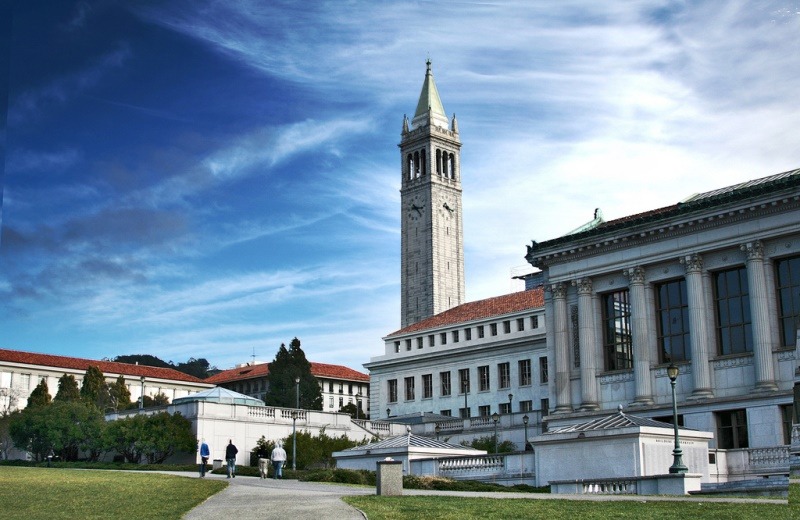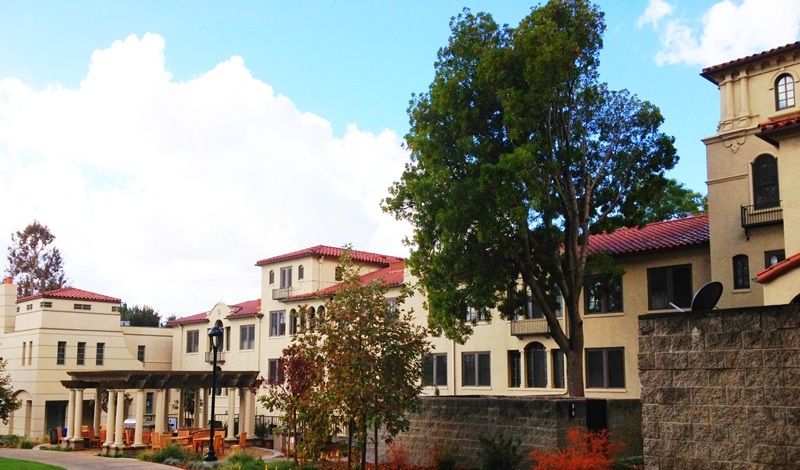And when it comes to access to a college education, low-income students are at a disadvantage.
Challenges of Low Income College Students
Low-income students have to work harder to fund their college educations. They have to find aid and loans wherever they can; they often have to work part-time, taking time away from their studies. The dropout rate among low income students is far higher than that of students whose educations are funded by their parents/families. So, what are colleges doing to reverse this trend? Here is a list with reviews of the top 10 schools that are doing the most for their low-income students, as identified by a New York Times College Access report in the fall of 2015.
Criteria for Ranking
In order to establish their ranking of colleges providing the most assistance to low-income students, the Times looked at 5-year graduation rates among these students, the awarding of Pell Grants (funds that do not have to be paid back), and the amount of endowment a school has to provide as additional aid to students identified as low income.
Colleges for Low-Income Students – the Top 10 Players
1. University of California – Irvine
2. University of California – Davis Campus
This school ranks 1.62 on the access index and is in the 2nd place. Of its 5,063 freshman, 31% are receiving Pell Grants, and the school’s endowment is large – $24 thousand per student. This means that the average student from middle to low income demographics pays $14 thousand per year. A location just 15 miles from Sacramento, moreover, means that there are opportunities for work for students who need to supplement their loans and aid.
3. University of California – Santa Barbara
4. University of California – San Diego
5. University of California – Los Angeles
6. University of Florida
Finally, we leave California and go to the opposite end of the country. A freshman class of 2015 numbered 6,348, and 245 were eligible for Pell Grants. This brought their net cost per year of tuition and fees to $9 thousand – quite a bargain. Its endowment is a bit lower than most schools above it on the index, and it has less to give to low-income students. However, the low tuition makes up for that. It has a 1.5 college access index.
7. University of California – Berkeley
8. Vassar – New York
9. Amherst – Massachusetts
10. Pomona – California
This is a heavily endowed small private liberal arts college in Claremont, California, with a published tuition of almost $48,000 per year. In 2015, it enrolled 396 freshmen, and 18% of them received Pell Grants. Given that their endowment is about $940 thousand per student, Pomona has plenty to distribute to low-income students who qualify. When they do qualify, their tuition costs can be as low as $9 thousand a year. It has an access index rating of 1.32. Obviously, plenty of other institutions are making strong efforts to make college more affordable for low-income students. These top ten, however, give at least a picture of what schools can do if they commit to attracting talented students from this demographic.









